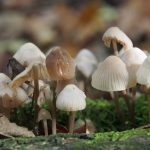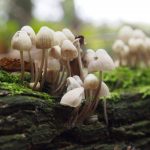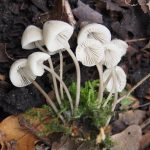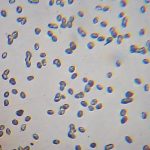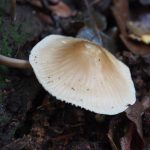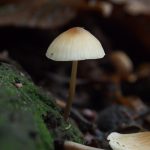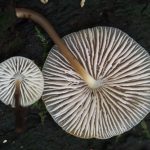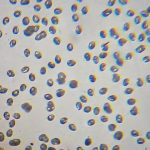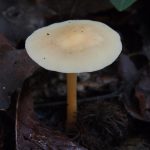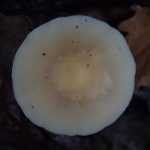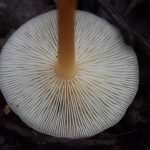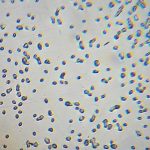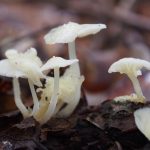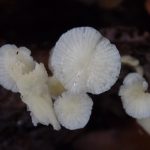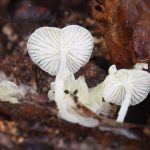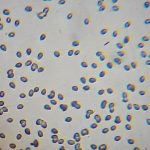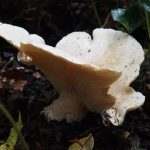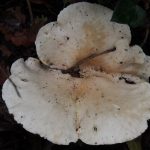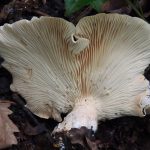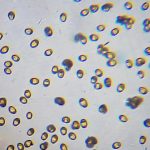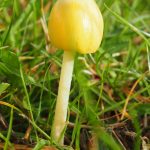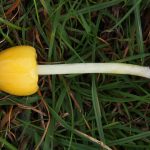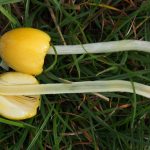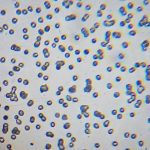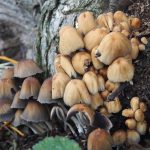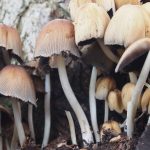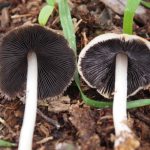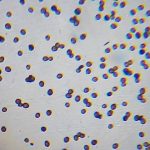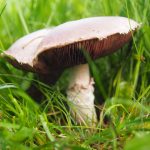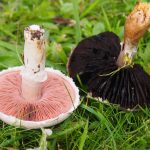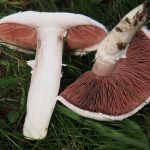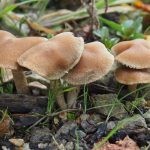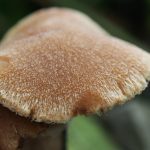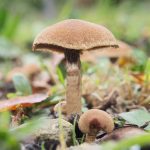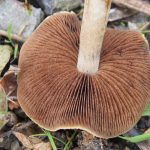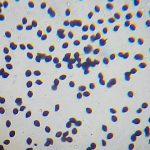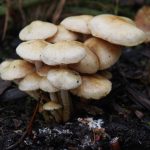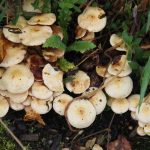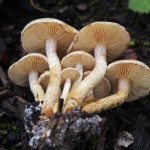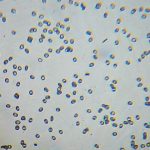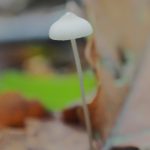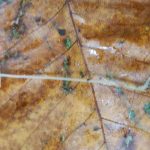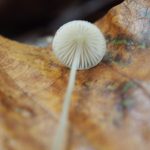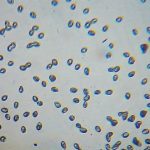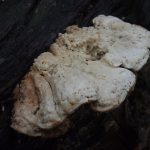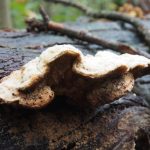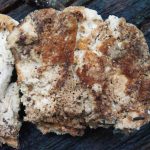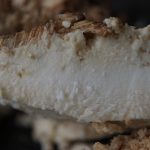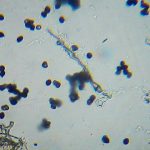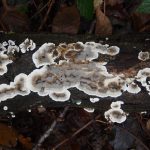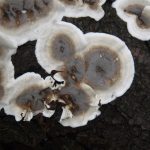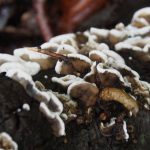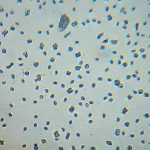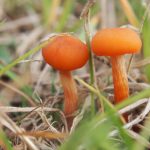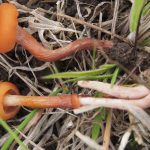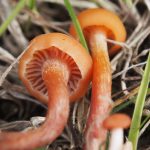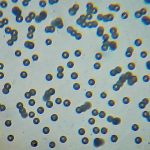Oxleas Wood is an ancient woodland just 25 minutes cycle ride away from Catford, so I don’t know why I haven’t been there before! I read that parts of it date back to the last ice age, 8000 years ago, so it should be good for those fungi which prefer a primeval habitat. However, I didn’t find any particularly unusual mushrooms on this occasion although I did see a rare tree species which Oxleas is known for – the Wild Service Tree.
There weren’t many larger mushrooms but lots of smaller Bonnets (Mycena). I recorded three but could have done several others. These three were Angels Bonnet, Common Bonnet, and Frosty Bonnet. I don’t get excited about the common small brownish Bonnet species but I haven’t recorded the pure white Frosty Bonnet before and it is quite attractive. Collybia aquosa is a Toughshank without a common name. (Should it be called Pale Toughshank?) I saw several Giant Funnels growing in pasture on the Hawkwood Estate last year so I was surprised to find one growing in a wood, but apparently this does happen. I haven’t recorded Firerug Inkcap before. It sometimes has a thing called an ozonium, which is a rug like structure on the growing surface, but I didn’t see one this time.
Yellow Fieldcap is striking in its yellowness and a mushroom I’ve not seen before. It’s surprising to find it here because I’ve read that Oxleas Meadow is managed like a traditional meadow to encourage wild meadow flowers. That involves cutting the grass to make hay and normally not fertilising the grass because the wild flowers compete more easily in less fertile soil (and some mushrooms prefer that too). However Yellow Fieldcap likes a rich habitat of rotting matter, grass cuttings, dung, etc. So why is it here, unless there have been animals grazing and therefore dung? I’ll be interested to see what else I find on another occasion. A proper unimproved (i.e. unfertilized) meadow should have several Waxcap species so I’ll be looking out for those.

